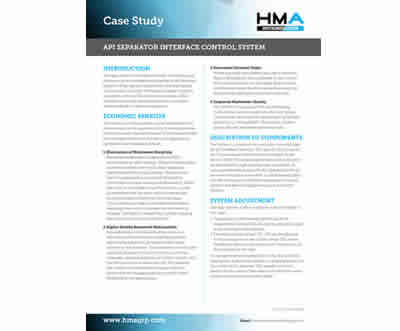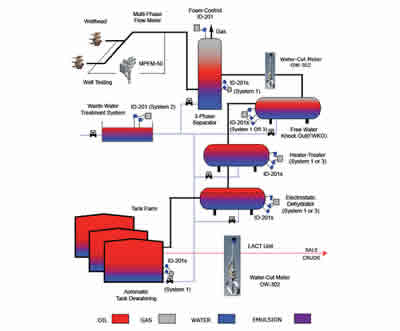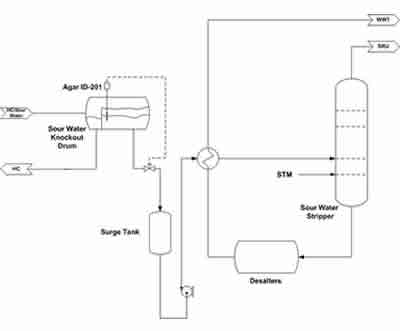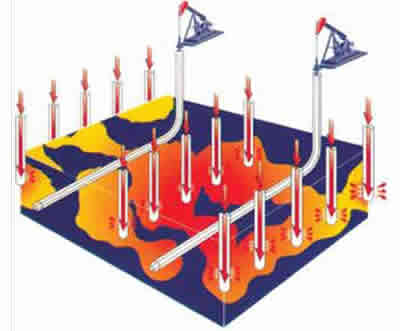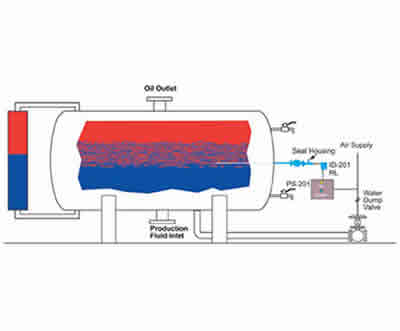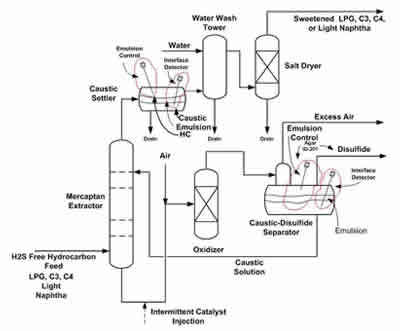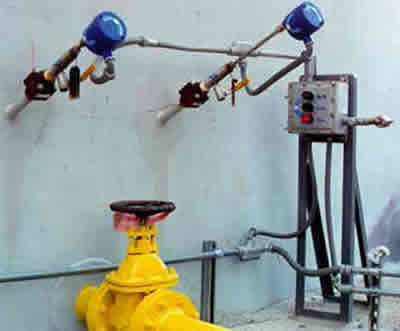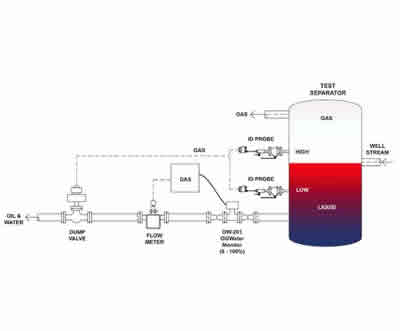
Determining the production rate from oil wells is simpler and less costly because of AGAR’s advanced technologies. For many years complex 3-phase separators were the industry standard because measurement technologies required the separation of the hydrocarbon, water, and gas phases.
